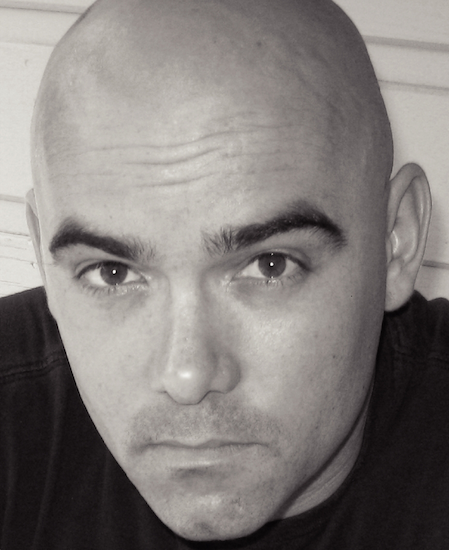New novel traces Texas history
Author to read in Fort Greene

Philipp Meyer, author of the critically acclaimed “American Rust” and one of The New Yorker’s “20 under 40,” has recently published his second novel, “The Son”, in which he illustrates a slice of Texas history.
In “The Son,” Meyer follows a prominent Texas family through multiple generations. With time period and perspective shifting between family members, Meyer’s novel unfolds with engaging suspense. On March 2, 1836 – on the same day that the Republic of Texas is founded – Eli McCullough is born. Eli lives to be one hundred, and the book begins with a 1936 excerpt from his recollections of his earlier life. As a boy, Eli and his family were victims of a traumatic invasion by Comanche raiders who raped and killed his mother and sister and kidnapped Eli and his brother. Although the brother died soon after, Eli eventually becomes the admired adopted son of the chief.
Eli’s survival skills enable him to endure the disease and over-settlement that devastate the Comanche population. Eventually winding up alone, Eli must reintegrate into the “civilized” world into which he was born. Bringing with him a tough demeanor and keen instincts, Eli secures enormous wealth and influence through his acquisition of land.
